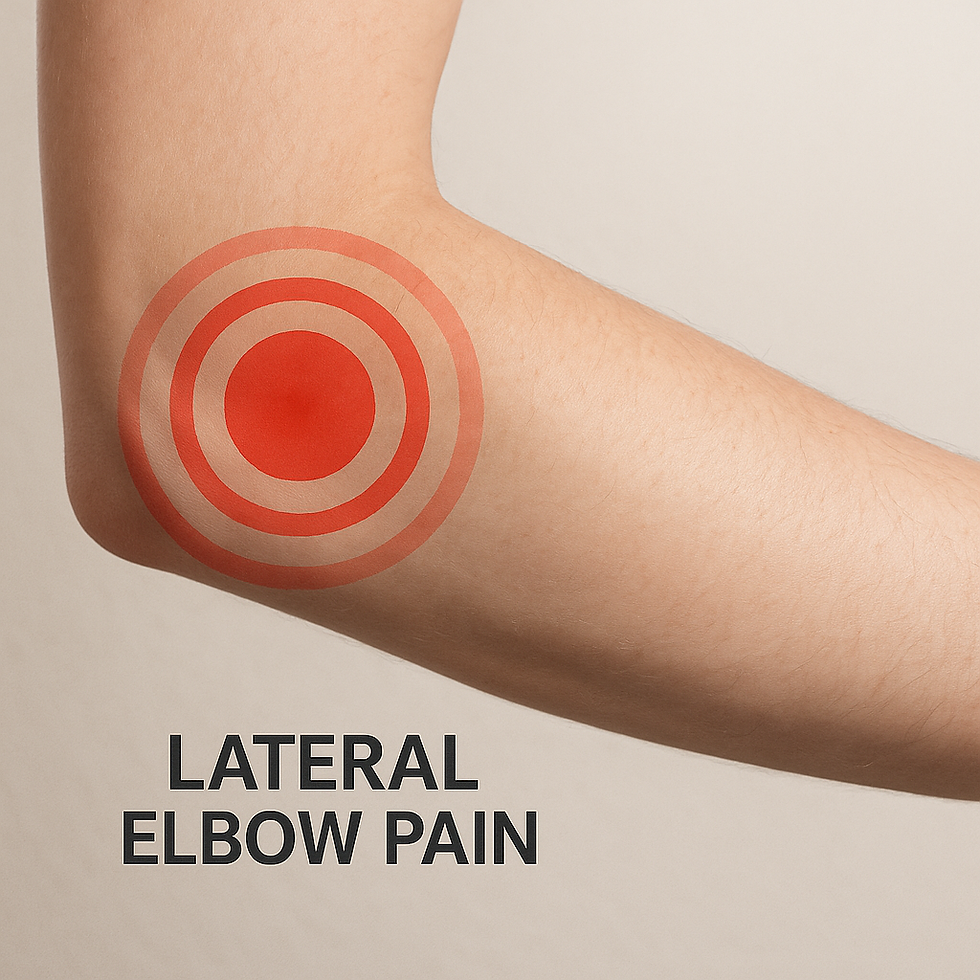Always Stretching? Maybe Your Muscle Tightness Is Actually Muscle Weakness
- Will

- Aug 15, 2022
- 3 min read
Whether you’re a regular athlete or a weekend warrior type, as we age, muscle tightness, general body aches/pains and the occasional acute injury occurs. It comes with the act of living and as inconvenient as an injury is, it’s pretty normal.
If you’ve ever played sports or lifted weights in any capacity – the likelihood that you’ve experienced muscle tightness is pretty high. Hamstring tightness is a fairly common complaint amongst clients, so let’s focus on that.
A quick overview of the hamstrings (hammies).

Originating from your sit bones/butt bones (ischial tuberosities) and coursing down the back of the thigh below the knee joint, the 3 hamstrings (per leg) attach to various points on the big shin bone (tibia) and little shin bone (fibula).
The hammy has multiple roles which include knee flexion (bending), hip extension (straightening) and shin (tibial) rotation. They are also the antagonist to the quads – slowing down how quickly the quads straighten the knee.
Think of them as the brake that slows down the straightening motion at the knee when the quads flex.
Often when folks sit for extended periods of time the resulting pressure along the back of the thighs and hips results in inhibition of the chronically squished muscles.

When you sit in a chair, two things occur:
1. Weight is distributed between the two sit bones and across the length of the hamstring that makes contact with the sitting surface.
2. You feed slack into your hamstrings by bending your knee.
The first issue is the slack fed into the muscles. Over time the body will gather up the slack to make you more stable in this chronically accessed position. The brain is constantly analyzing everything you’re doing and interacting with – force output, force input, new positions, chronic positions, potential threats, gravity, etc. So when you spend a lot of time in one position – sitting, the brain decides it’s going to help you be really good at sitting!
Over time, this recalibrates your neutral position as it relates to hamstring length. Sitting length becomes zero (neutral) and standing length becomes a massive, uncomfortable stretch. Often this massive stretch is perceived as a threat by the brain and can actually be quite painful, resulting in all sorts of compensations in standing position to walking strategies.
The other issue comes from the chronic compression of tissues.
When you add compression and heat, it creates a ?
No, it creates a laminate. When you sit for hours and hours and hours the resulting compression of the glutes and hamstrings being trapped between your bones and chair surface creates a weird butt laminate. This “butt laminate” makes the muscles more fibrotic (hard) and beef jerky-like.
Have you ever tried to stretch beef jerky?
This lamination causes the muscles to lose some of its contractile properties (ability to shorten/lengthen) and therefore loses its ability to produce and absorb forces appropriately. This results in the body inhibiting/dampening force production and the muscle’s general ability.
So we've established that the hamstrings are tight, weak and junky - do you stretch it or do you strengthen it?
Rolling, smashing, massage gunning, etc. the hamstrings is an effective way to get into that tissue which will allow for a short term increase in perceived muscle length. The problem is that the body views this "new length" as a threat which you have no control over. So if you only stretch, the brain will bind that tissue back down the next time you feed slack into it.
Only doing strength is a slightly better option than constant tissue smashing but it too poses problems in that you'll ultimately get strong and capable within an abbreviated range of motion. It may allow you to improve range of motion slightly ultimately the best choice for diminishing tightness is a combo of stretching AND strengthening.
As you reestablish tissue length via stretching you have to take the time to show the brain that the "new" range isn't a threat and then develop strength/control in the new ranges. This allows your brain to throttle down the threat response as you challenge tissue length/use in positions it previously saw as threatening.




Comments